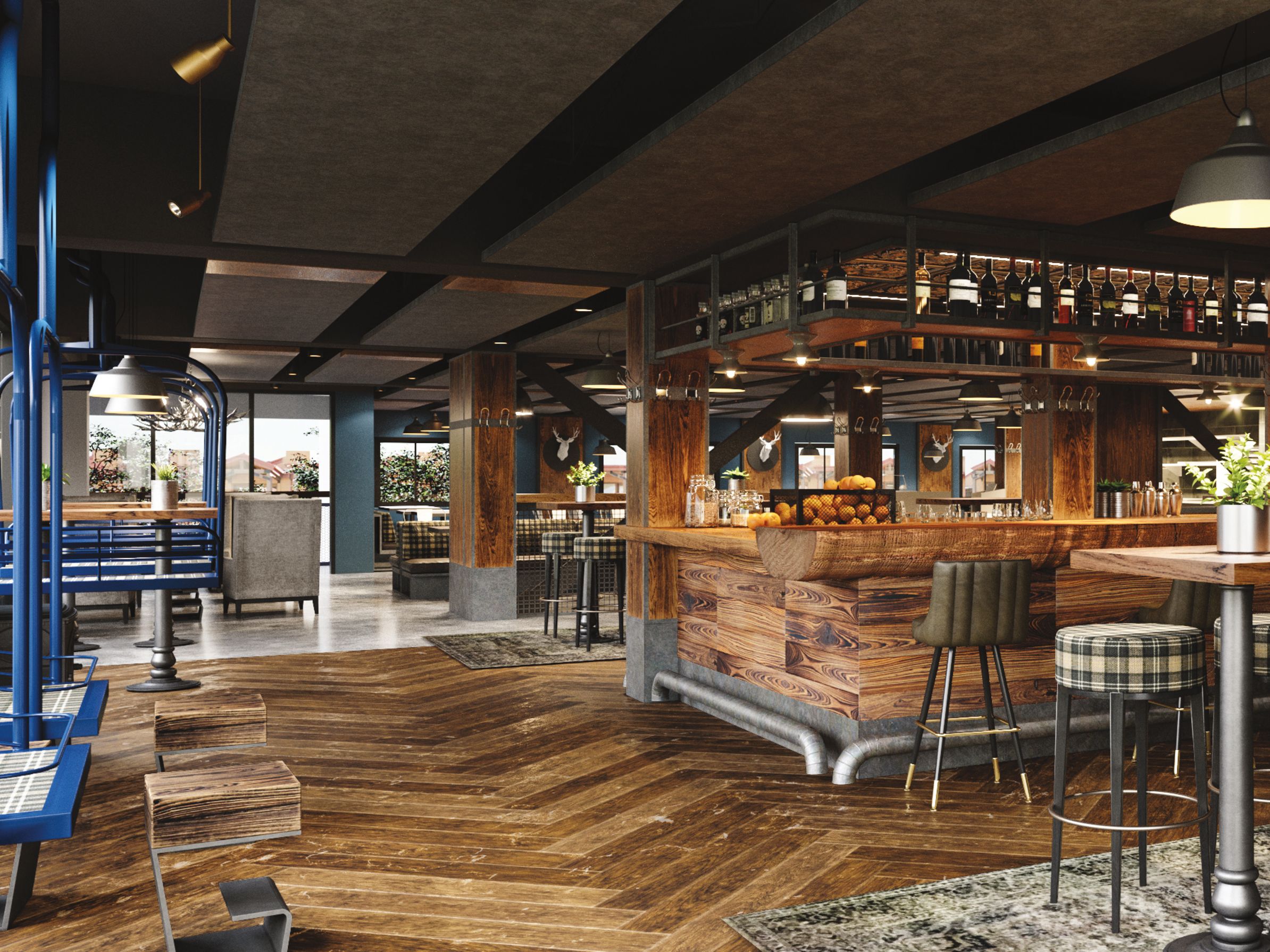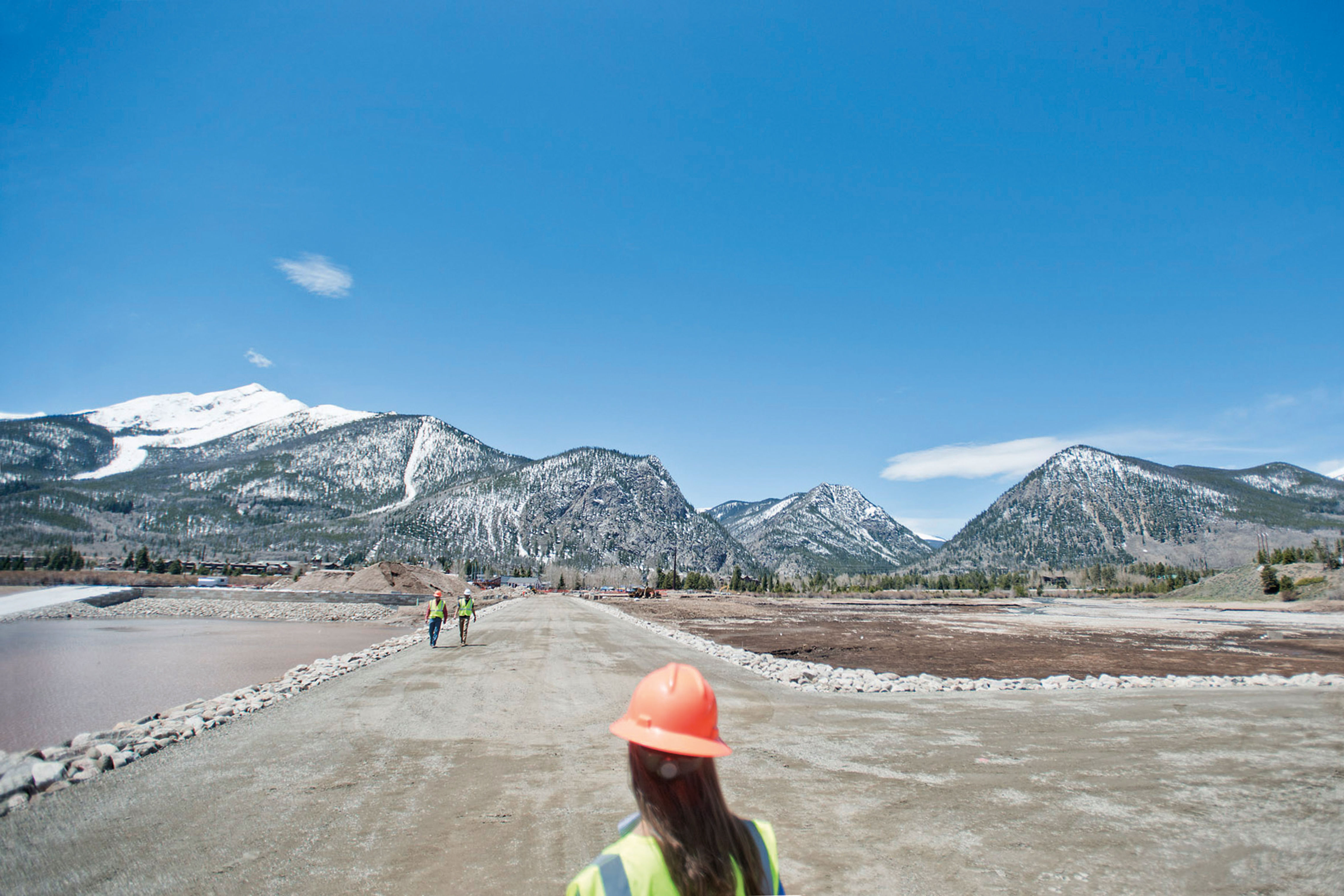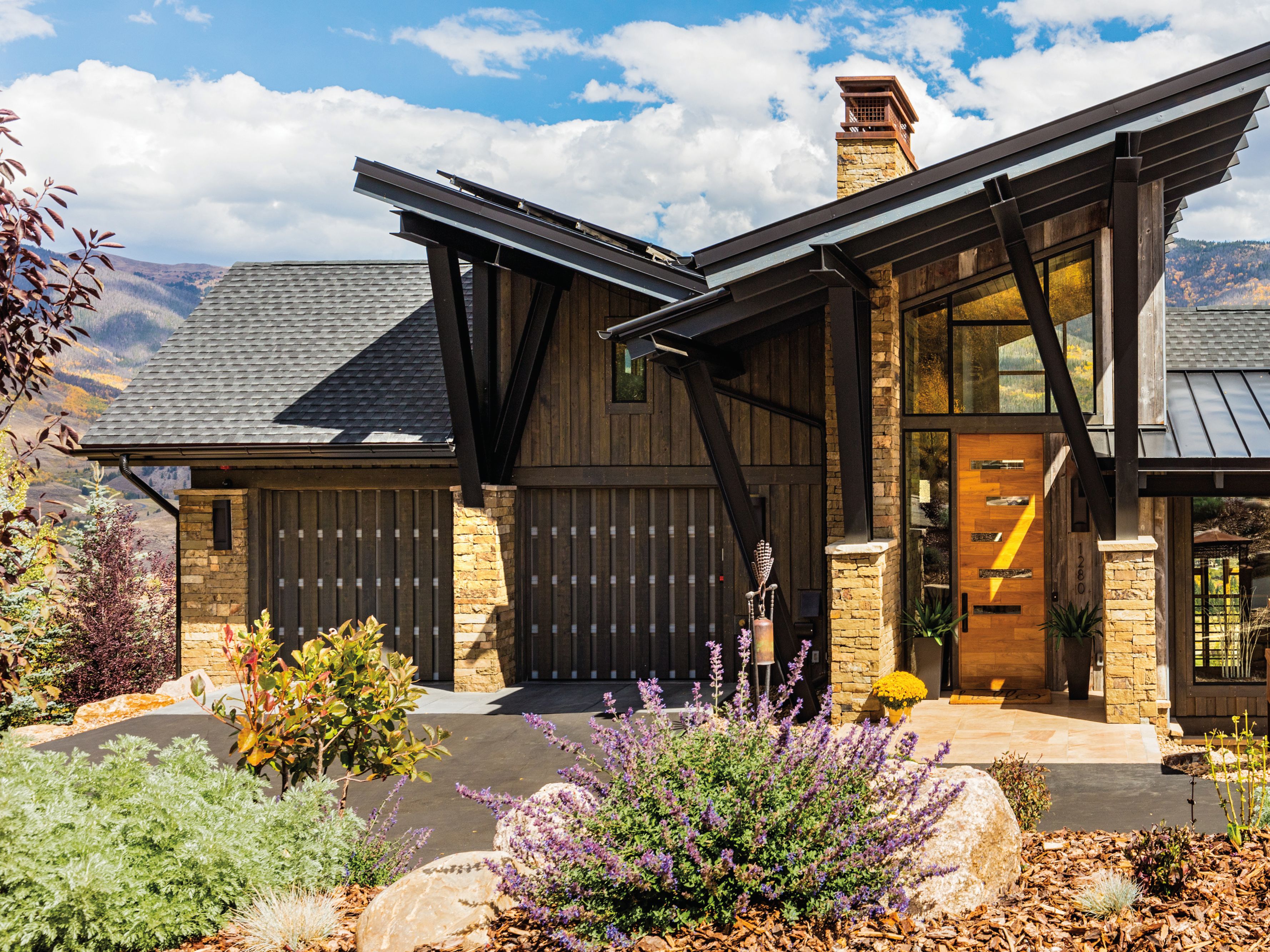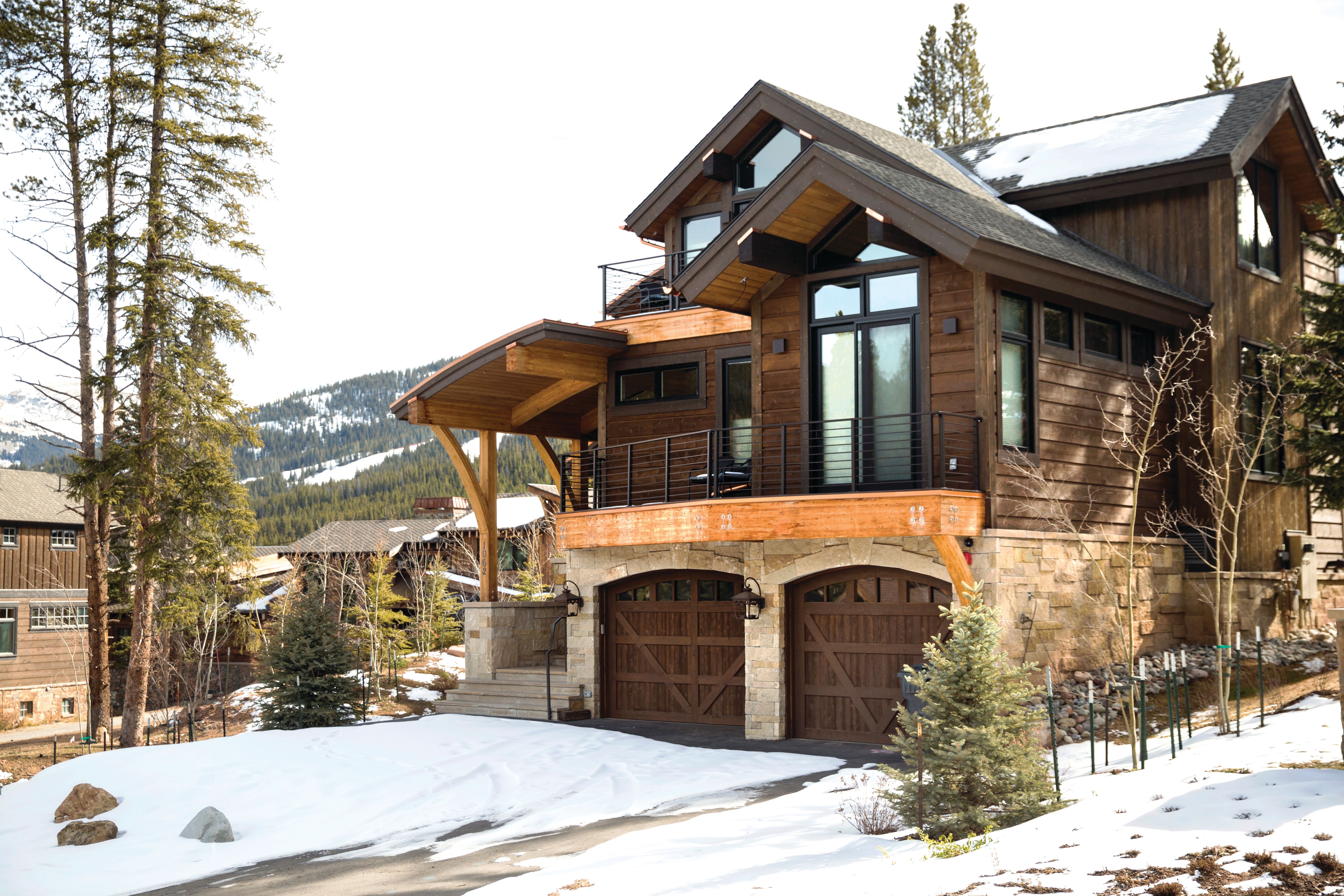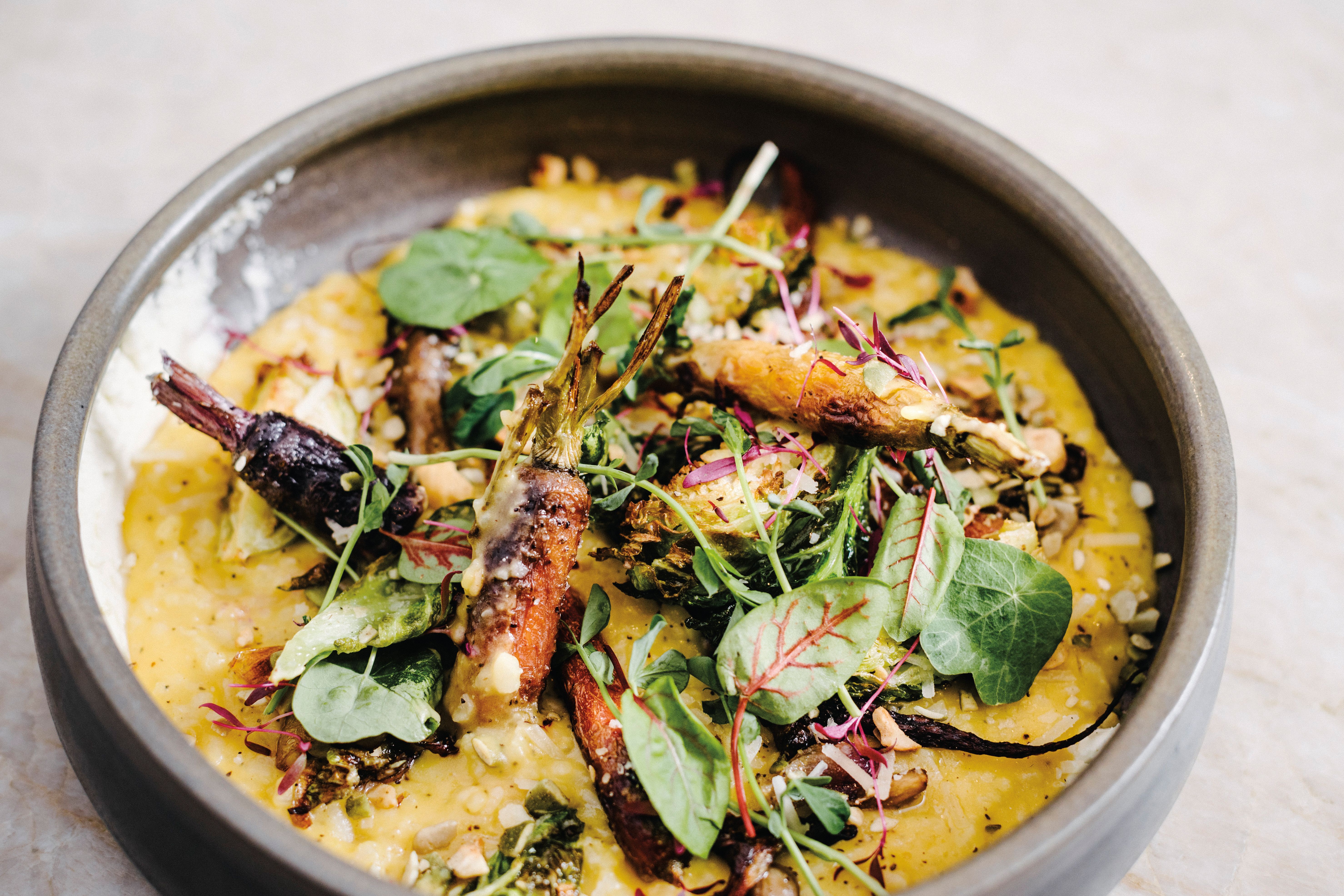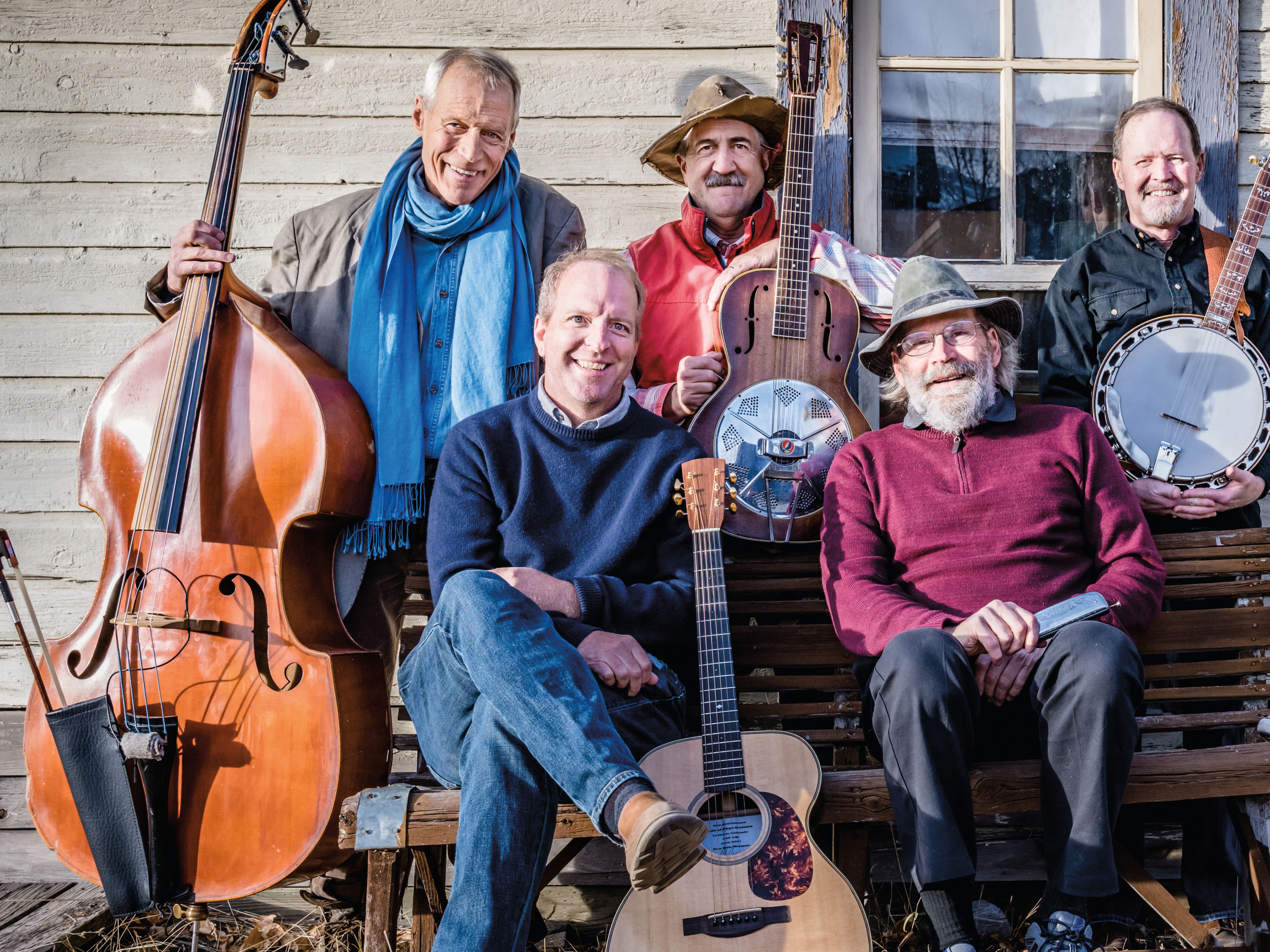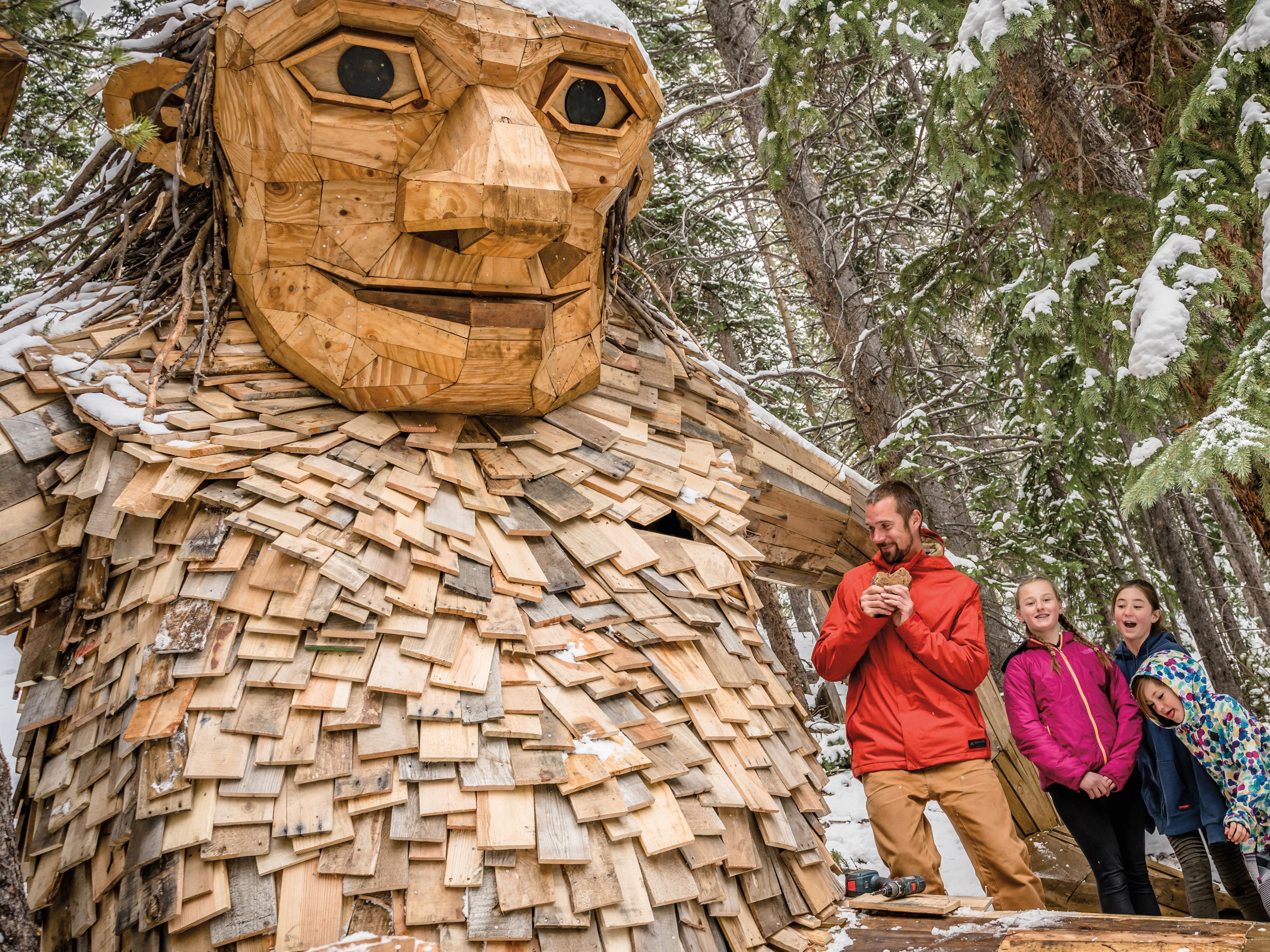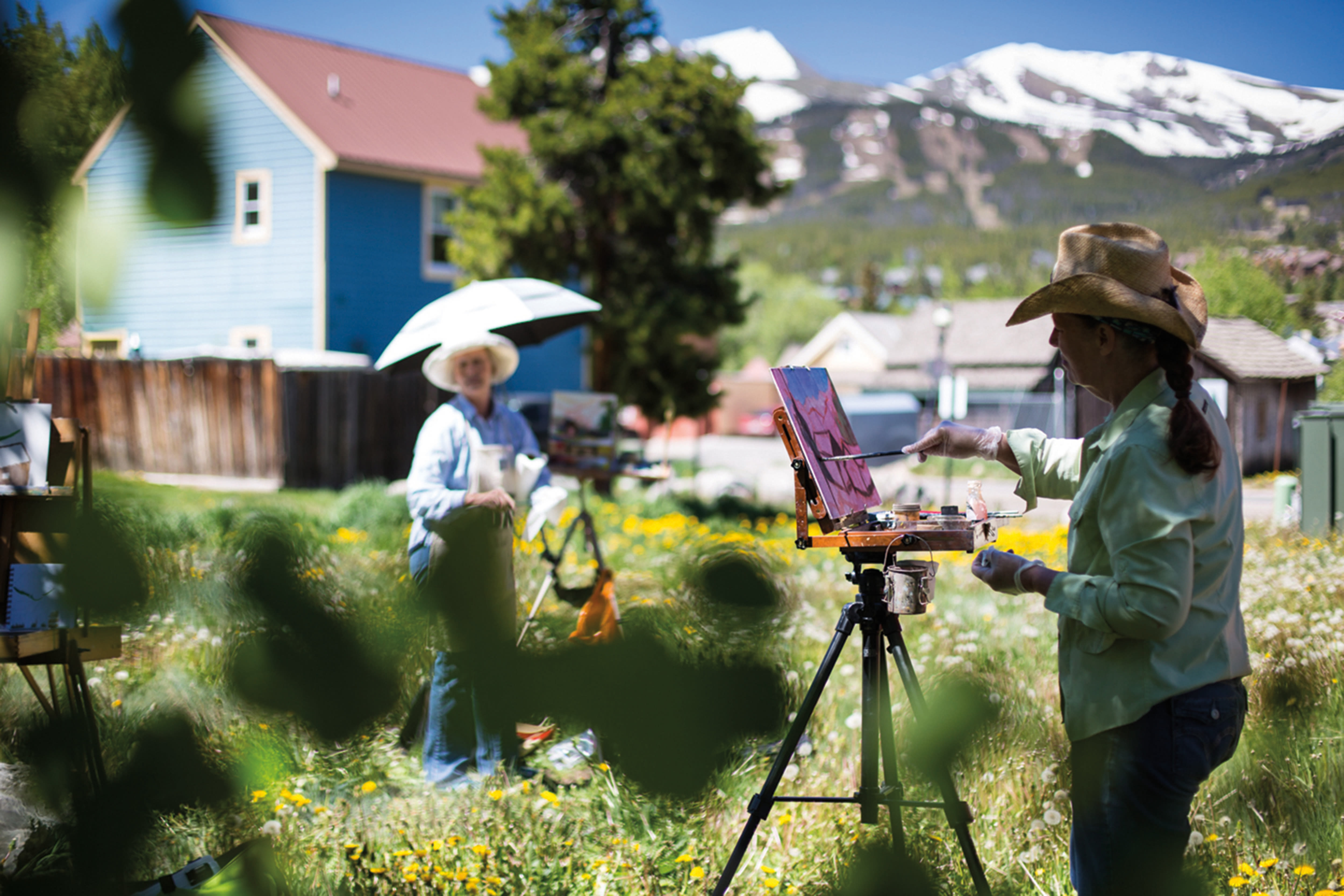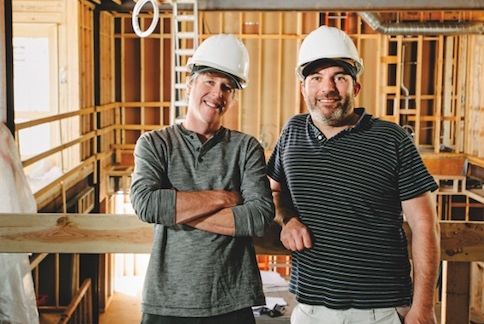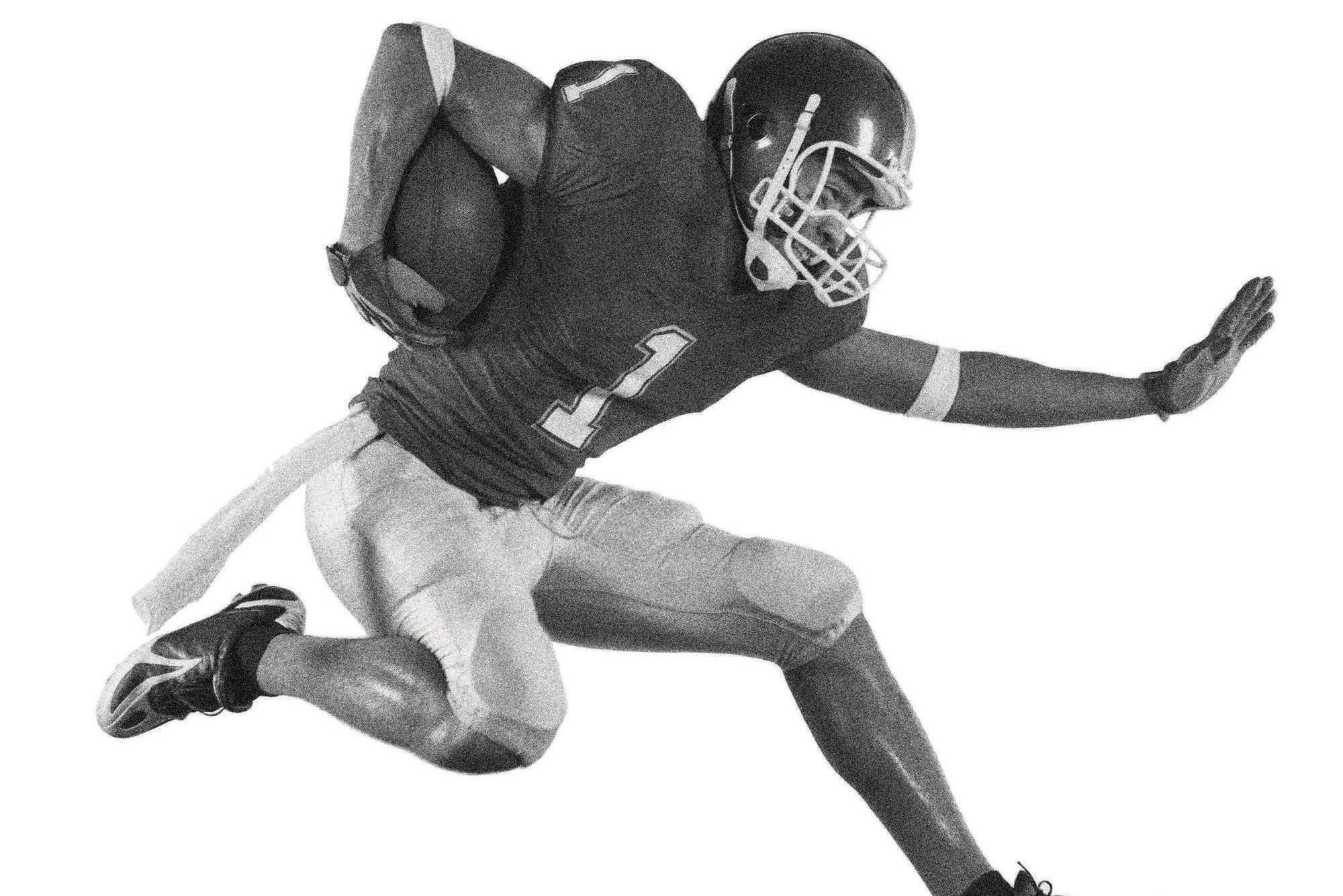Health
Cell Revision
A revolutionary treatment gives old joints new life.
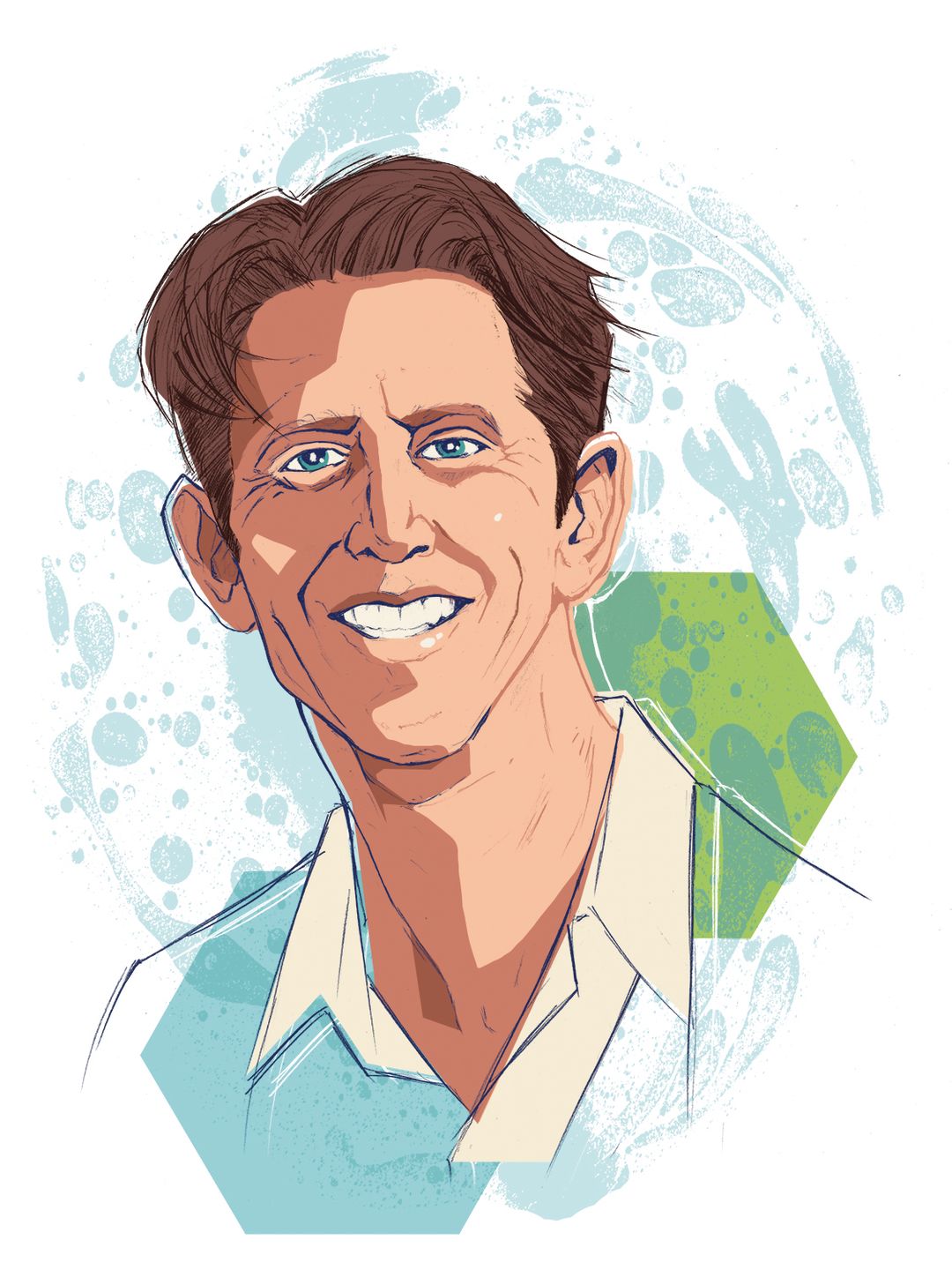
Image: Matty Newton
Like her mother and grandmother before her, Linda Nash had been diagnosed with arthritis in both her left knee and her left hip. Active and only in her 50s, like many of her friends and neighbors in Breckenridge, she tried to live with the pain until it got to the point that even walking brought on twinges of discomfort.
Major reconstructive surgery, followed by months of intense physical therapy, appeared to be inevitable if Nash wanted to continue her rigorous routine of hiking, biking, and skiing. But then she heard about stem cell regeneration and booked an appointment at Dr. Scott Brandt’s Thrive MD practice in Edwards.Like her mother and grandmother before her, Linda Nash had been diagnosed with arthritis in both her left knee and her left hip. Active and only in her 50s, like many of her friends and neighbors in Breckenridge, she tried to live with the pain until it got to the point that even walking brought on twinges of discomfort.
Formerly an anesthesiologist based in Denver, Brandt has bet his professional career on the brave new world of regenerative and restorative medicine—using human cells and the body’s natural healing mechanisms to restore normal function to damaged tissue and creaky joints. He spent 16 years specializing in interventional pain management, investigating promising new treatments for patients with chronic pain. Stem cell therapy, which first emerged three years ago, proved to be not just promising but so revolutionary that Brandt moved to the mountains—where skiing, mountain biking, and trail running exact their inevitable toll on a hefty segment of the population—and devoted a practice to the technique.
The therapy begins with liposuction. Using a small, minimally invasive device called Tickle Lipo (because it produces a subtle tickling sensation), Brandt removes a small amount of stem cell–rich fatty tissue from a patient’s abdomen. Then, with a small but painless (he swears!) drill, he harvests a bit of bone marrow and blood from the patient’s iliac crest (pelvic bone), complementary cells that foster stem cell growth. After spinning the samples in a centrifuge—yielding 100 million or so stem cells, undifferentiated cells that have the ability to morph into five types of soft tissue—Brandt then injects the material into the patient’s ailing joint, tendon, or ligament, and the magic begins. Or as Brandt puts it, an evolutionary leap in medicine is employed.
“The stem cell will be to our generation what antibiotics were to the last generation,” he predicts. “They’re like homing pigeons.”
When the cells encounter damaged muscle or cartilage—the runner’s knee, tennis or golf elbow, or even a partially torn Achilles tendon—they spontaneously regenerate, growing healthy tissue. In a matter of weeks patients can play hard again without the pain that, in most cases, has plagued them for years.
“It’s probably the most gratifying thing I’ve done in medicine,” Brandt says. “It’s profound when I have patients for the first time in years getting back to doing the things they do without having undergone a major surgical procedure to get there. This provides such potential for long-term relief.”
Speaking of long-term, it’s been over a year since Nash had her knee, hip, and even a rotator cuff—which she had torn in a ski accident—treated. The inflammation and pain have disappeared, and now she feels like new.
“It was instant relief,” she says. “The pain went away immediately. I hike and bike all the time—I do a lot of physical activity. Ever since then, I’ve had no pain in my hip, no pain in my knee. I’ll tell you, it has changed my life.” csm

